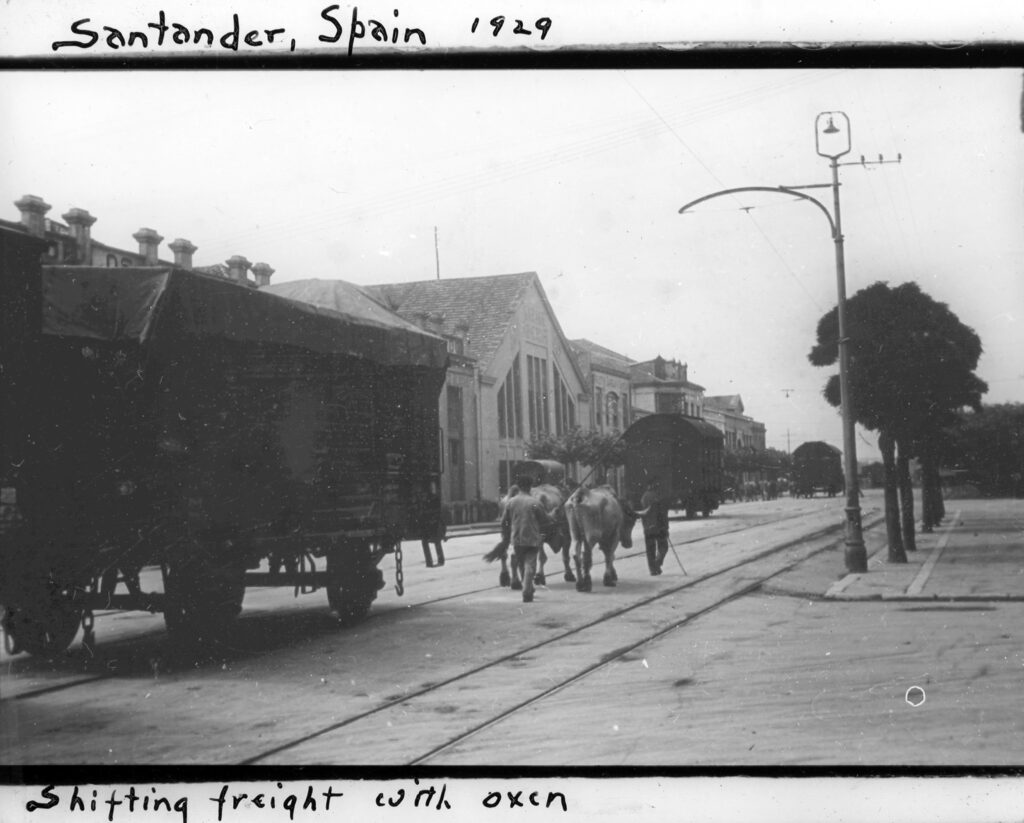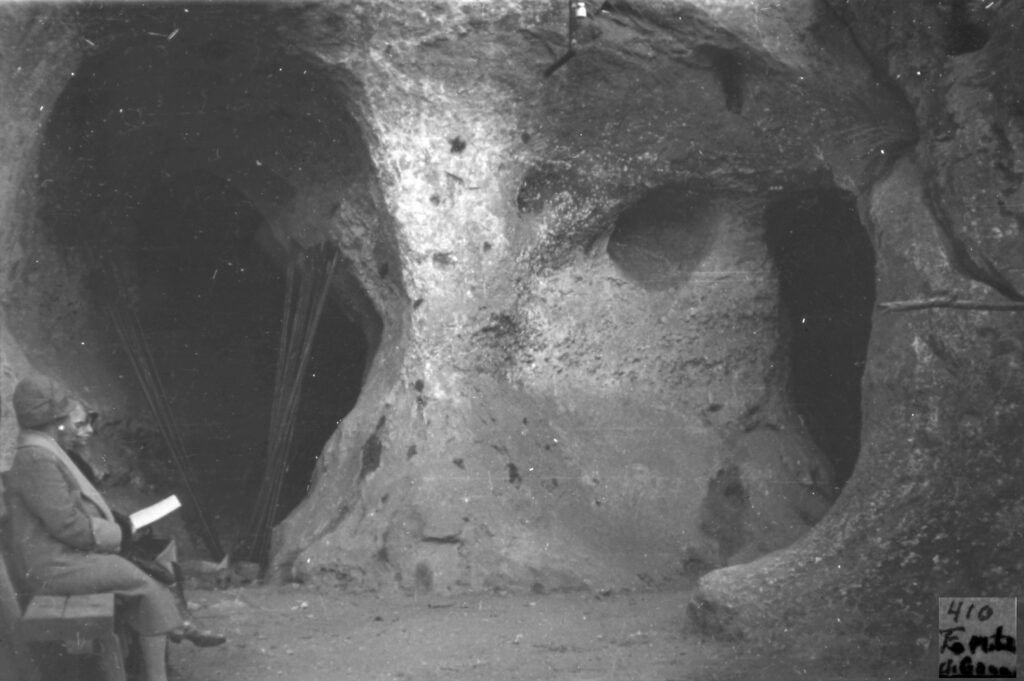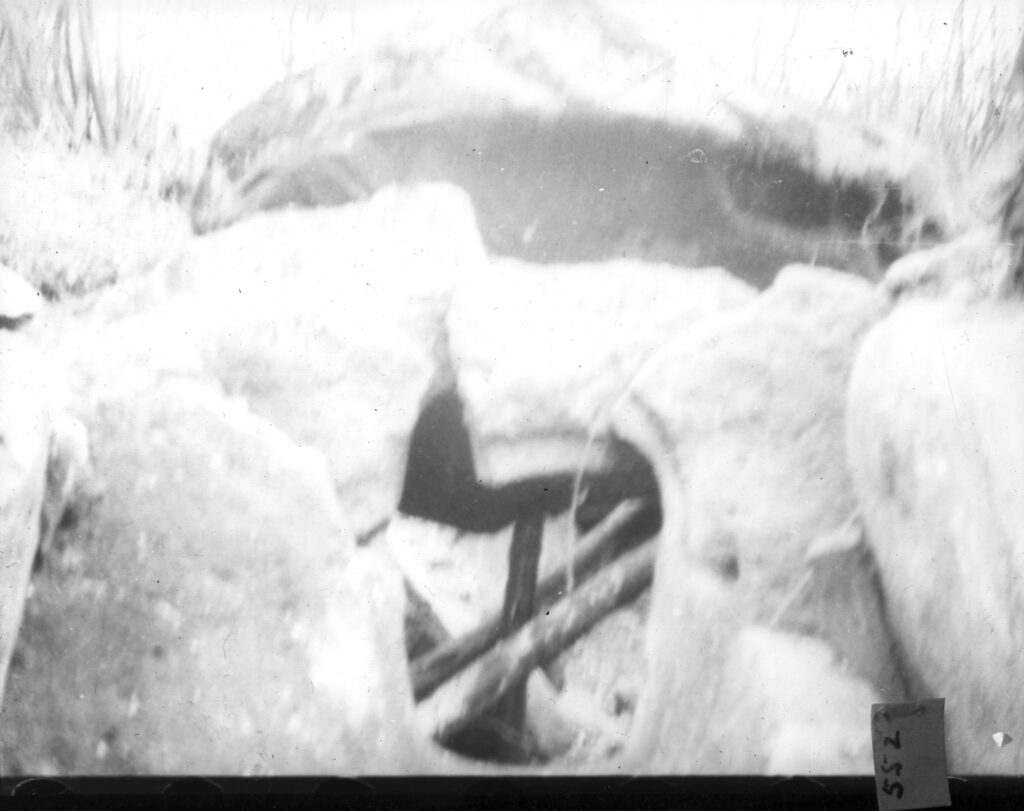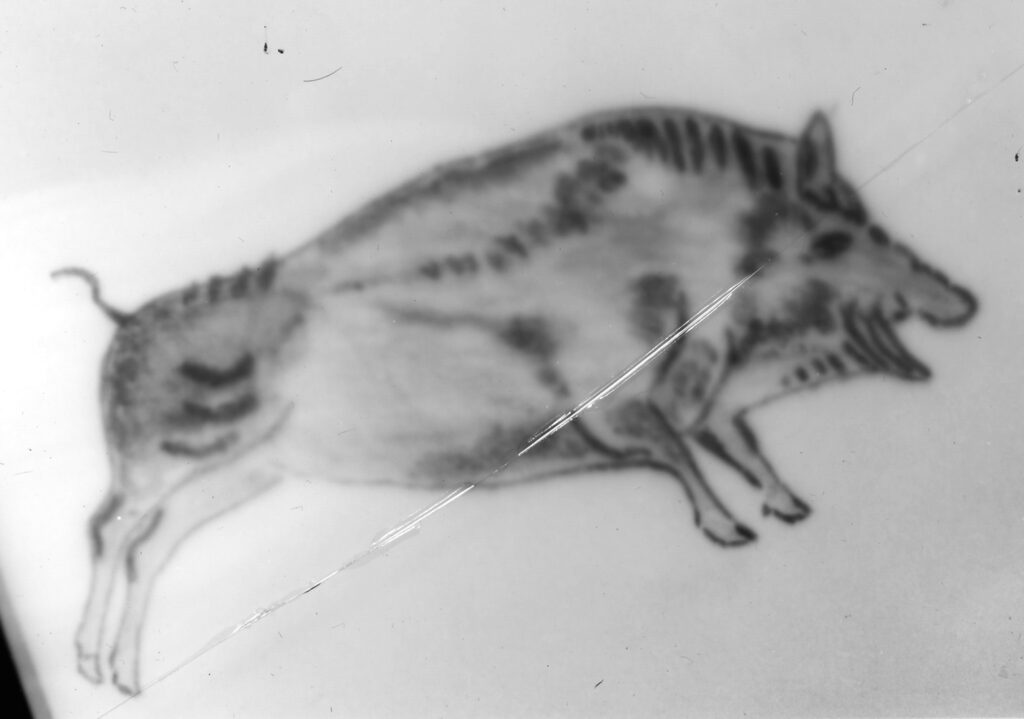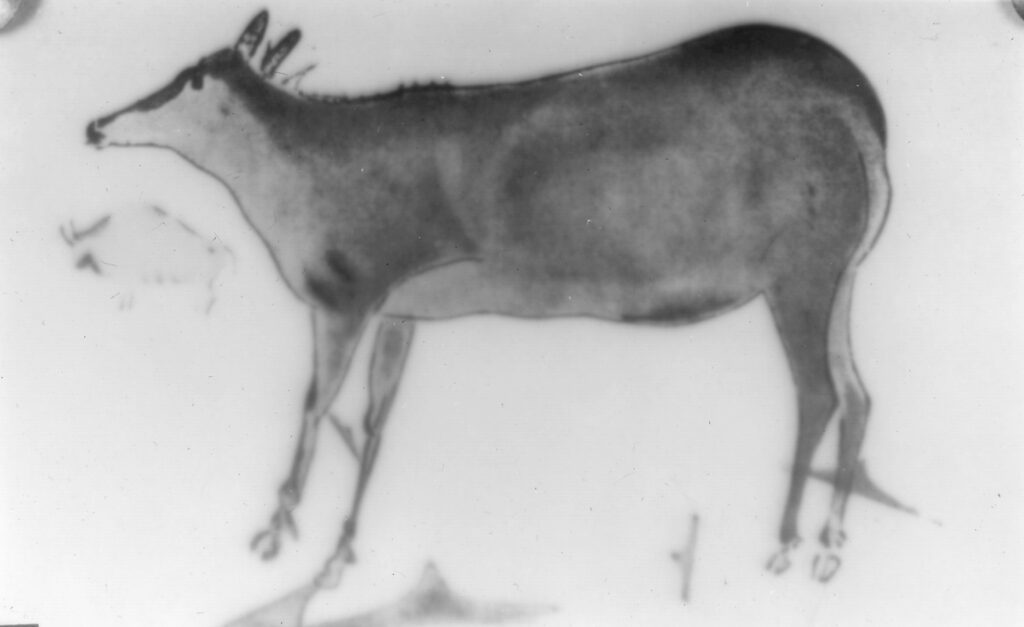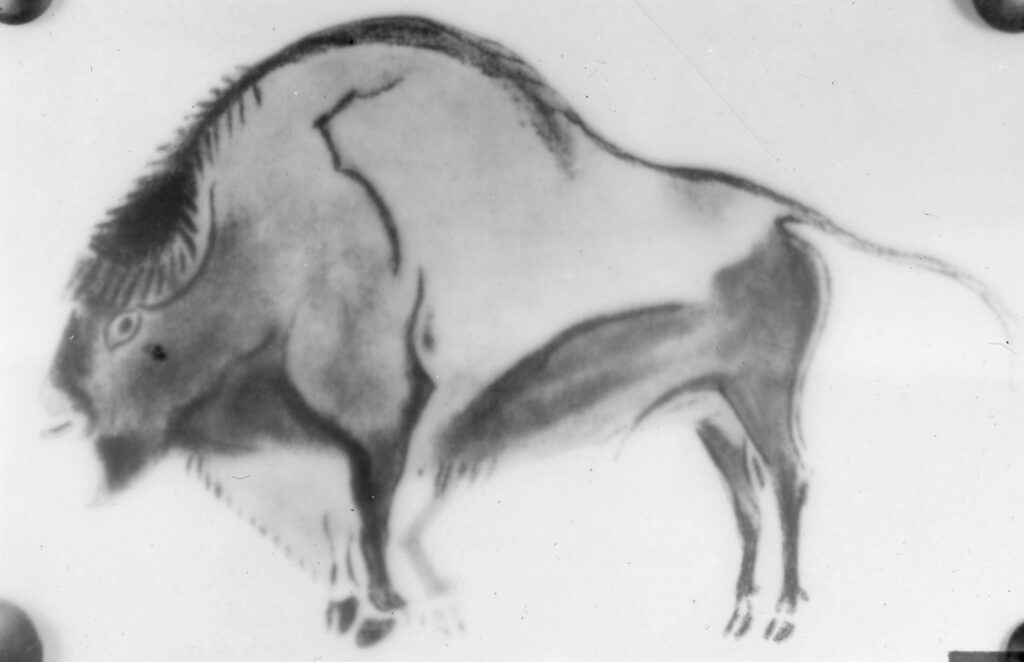Photographs from Spain and Elsewhere
Dr. James Bullitt spent three days in Spain in July 1929 visiting a number of caves with his prehistory class. He described his trip extensively, including the caves and cave art. He did not take photographs, however; only one photo from his time in Spain exists in the collection. To learn more about Bullitt’s travels in Spain, read his letters from July 23-26, 1929.
Click on any image below to enlarge it and begin a slideshow of the gallery.
Miscellaneous Photographs
There is only one confirmed photo from Spain. Three unlabeled or illegibly labeled photographs of unknown sites, including two caves, can be seen below. They are from either southern France or Spain.
Drawings from Altamira
While Bullitt did not photograph any art at Alta Mira cave, he did photograph Abbe Brueil’s drawings of the paintings that adorn its walls. He described his visit and drawings in his journal:
“Most of the paintings are on the ceiling of the chamber labeled ‘Hall of Paintings,’ but a few stray ones are found further back. In a new narrow cleft at the place marked X there are several strange ladder shaped paintings in red, probably symbolic of something, for they are certainly not ordinary drawings. There is no use trying to describe these paintings of bison, boar, deer, horse & goat. They are wonderful and and well deserve their fame. Considering the circumstances under which they were made, perhaps twenty thousand years ago, we can’t find words to express the marvel of it all.”
He continued, “But when the enthusiasts and their conventional sheep like followers say that nothing in modern art can equal these paintings, I must risk being a Philistine & a heretic and enter a positive contradiction. In my judgment Abbé Breuil’s copies are more artistic than the originals. Some of the drawings are very spirited & very accurate; some are very crude and could be equaled by many a school boy. The colors, black & red, are bright and attractive though I doubt if they are true to life. Of course I don’t know the actual colors of the wild boar and bison &c of that ancient day. The utilization of large natural bosses on the rock, in order to make some of the figures stand out in relief, is interesting & ingenious, though in some cases it distorts the drawing & adds difficulty in making out the artist’s intent. These criticisms are intended merely to oppose the exuberant extravagance of some of some of [sic] the descriptions. Exaggeration is not necessary in order to emphasize the intent & wonder of these frescoes. It is more than worthwhile to make a long trip to see them.”

